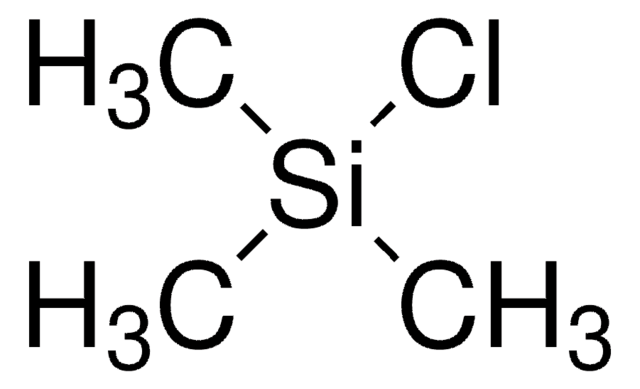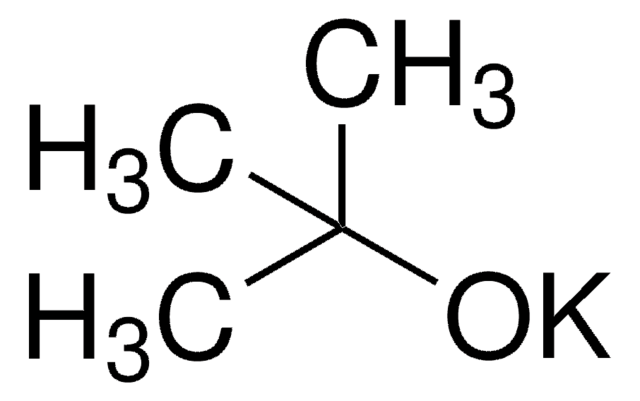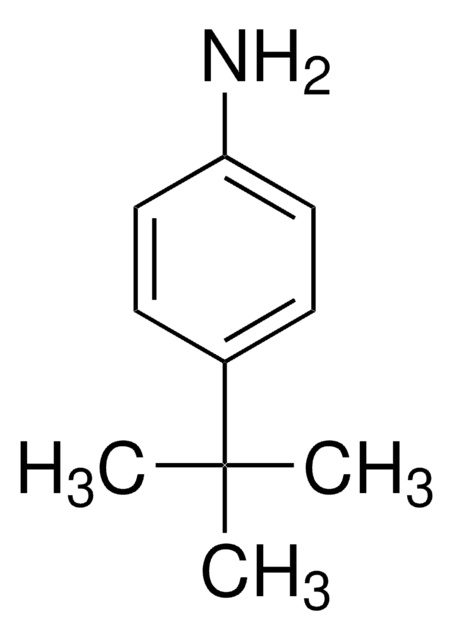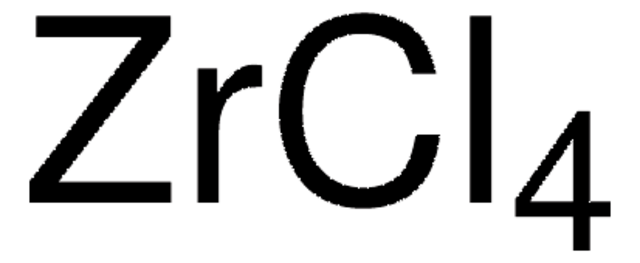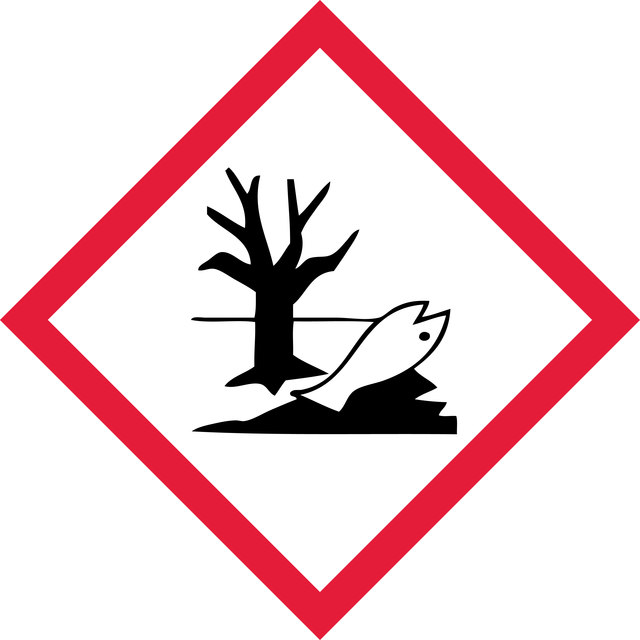All Photos(2)
About This Item
Linear Formula:
CH3(CH2)9C6H4NH2
CAS Number:
Molecular Weight:
233.39
EC Number:
MDL number:
UNSPSC Code:
12352100
PubChem Substance ID:
NACRES:
NA.22
Recommended Products
Assay
97%
bp
218-220 °C/14 mmHg (lit.)
mp
25 °C (lit.)
SMILES string
CCCCCCCCCCc1ccc(N)cc1
InChI
1S/C16H27N/c1-2-3-4-5-6-7-8-9-10-15-11-13-16(17)14-12-15/h11-14H,2-10,17H2,1H3
InChI key
WGENWPANMZLPIH-UHFFFAOYSA-N
Signal Word
Warning
Hazard Statements
Precautionary Statements
Hazard Classifications
Aquatic Acute 1 - Eye Irrit. 2 - Skin Irrit. 2 - STOT SE 3
Target Organs
Respiratory system
Storage Class Code
10 - Combustible liquids
WGK
WGK 3
Flash Point(F)
235.4 °F - closed cup
Flash Point(C)
113 °C - closed cup
Personal Protective Equipment
dust mask type N95 (US), Eyeshields, Gloves
Choose from one of the most recent versions:
Already Own This Product?
Find documentation for the products that you have recently purchased in the Document Library.
Speciation of nitrogen compounds in gasoline and diesel range process streams by capillary column gas chromatography with chemiluminescence detection.
ChawlaB.
Journal of Chromatographic Science, 35(3), 97-104 (1997)
New chromoreactands for the detection of aldehydes, amines and alcohols.
Mohr GJ.
Sensors and Actuators B, Chemical, 90(1), 31-36 (2003)
Plasticization of a poly (ethyl acrylate) ionomer by an alkyl aniline.
Tong X and Bazuin CG.
Journal of Polymer Science. Part B, Polymer Physics, 30(4), 389-399 (1992)
T Flinois et al.
Colloids and surfaces. B, Biointerfaces, 190, 110924-110924 (2020-03-09)
Quartz crystal microbalance studies have been carried out to monitor the fusion of lipid vesicles (pure 1,2-dimyristoyl-sn-glycero-3-phosphocholine, DMPC) and mixed vesicles (DMPC and 4-decylaniline). In order to increase the stability of the lipid deposits onto the electrodes, we have developed
Kyle A Brown et al.
Nature methods, 16(5), 417-420 (2019-04-17)
We report the identification of a photocleavable anionic surfactant, 4-hexylphenylazosulfonate (Azo), which can be rapidly degraded by ultraviolet irradiation, for top-down proteomics. Azo can effectively solubilize proteins with performance comparable to that of sodium dodecyl sulfate (SDS) and is compatible
Our team of scientists has experience in all areas of research including Life Science, Material Science, Chemical Synthesis, Chromatography, Analytical and many others.
Contact Technical Service


